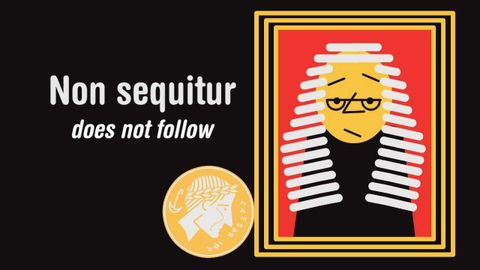
Subtitles & vocabulary
Critical Thinking Part 2: Broken Logic
00
賽魯 posted on 2015/04/16Save
Video vocabulary
deal
US /dil/
・
UK /di:l/
- Verb (Transitive/Intransitive)
- To cope with something - usually troubles
- To give (something bad e.g. news) to
- Noun
- An agreement entered into, especially in business, to do something for someone else.
- A business transaction.
A1TOEIC
More structure
US /ˈstrʌk.tʃɚ/
・
UK /ˈstrʌk.tʃə/
- Noun (Countable/Uncountable)
- The way in which the parts of a system or object are arranged or organized, or a system arranged in this way
- A building or other man-made object.
- Transitive Verb
- To plan, organize, or arrange the parts of something
A2TOEIC
More call
US /kɔl/
・
UK /kɔ:l/
- Noun
- A order or request for action
- The sound an animal makes, often when in danger
- Verb (Transitive/Intransitive)
- To make a request or order for action
- To visit a place or person for a short time
A1
More side
US /saɪd/
・
UK /saɪd/
- Intransitive Verb
- To decide to agree with one point, not the other
- Noun
- Position or opinion that is opposite to another
- Right or left part of a person's body
A1
More Use Energy
Unlock All Vocabulary
Unlock pronunciation, explanations, and filters
